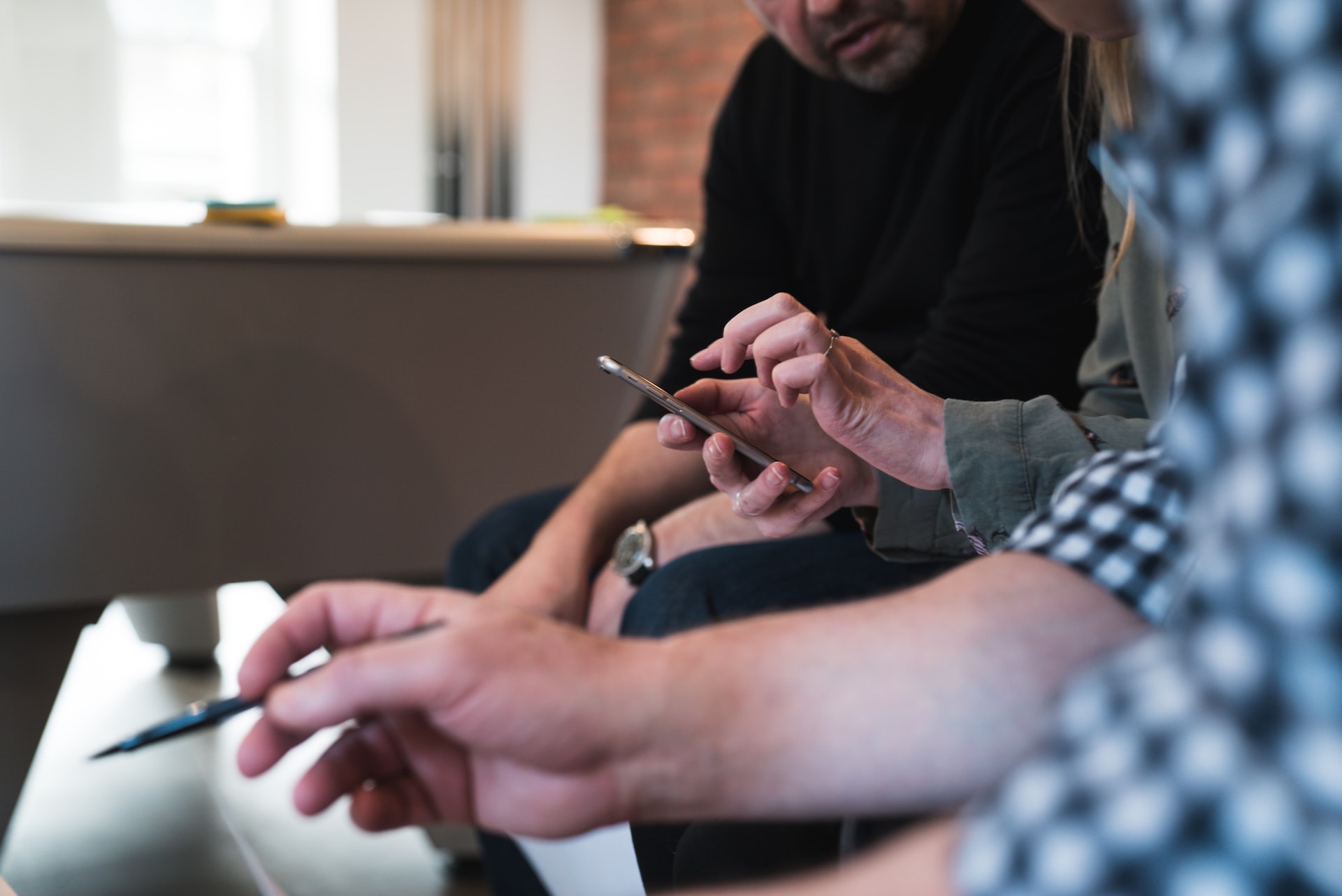In the dynamic product design processes, two concepts often emerge as crucial components of the design: iterations and versions. While distinct in their meanings, both are integral parts of the same overarching concept of continuous improvement and evolution in product design. Understanding their roles and interplay can provide valuable insights into the journey from initial product conception to final product realization.
Product design is a broad and encompassing field that refers to both digital and physical products. It’s a meticulous process of identifying a market opportunity, defining a problem, understanding the user needs, and then developing a solution that fulfills these needs effectively.
For instance, in the realm of physical products, consider the design of a smartphone. The process involves numerous factors, such as the device’s ergonomics, aesthetics, materials, functionality, and even packaging. Designers must consider how the user will interact with the device, how it feels in their hand, the intuitiveness of the physical buttons, among other elements.
On the other hand, in the digital sphere, product design may refer to the creation of a mobile app or a web design. Here, the focus shifts to elements like user interface, user experience, functionality, and aesthetics in a virtual environment. Designers would need to think about how users navigate through the app, the placement of buttons, the color scheme, and how the overall design aligns with the user’s needs and expectations.
In both scenarios, the end goal is the same: to create a product—whether physical or digital—that provides a meaningful and effective solution for the user.

Iterations: The Engine of Progress
Iterations lie at the heart of the product design process. An iteration refers to a complete development cycle – from ideation and prototyping to testing and refining. Each iteration incorporates user feedback and data-driven insights to improve the product and move it closer to the end goal. In essence, iterations are about learning and adapting, providing a framework for trial and error that guides designers towards the best solution.
For instance, if a designer is creating a mobile app, they might start with a basic prototype, test it with a small user group, collect feedback, and then refine the design based on the feedback. This process of prototyping, testing, refining, and testing again is the iterative cycle.

Versions: The Evolutionary Milestones
While iterations are the engine driving a product’s progress, versions are the milestones marking its evolutionary journey. Each version of a product is a more advanced, refined release, based on the learnings from previous iterations.
Returning to our mobile app example, once the designer has gone through several iterations and reached a design that meets their goals, they might release this as the first version of the app. As they continue to iterate and improve the design based on more user feedback and changing market needs, they release these improved designs as new versions of the app.
The Symbiotic Relationship
Iterations and versions are inherently interconnected. The iterative process fuels the evolution of product versions. Each version, in turn, provides a foundation for subsequent iterations. This symbiotic relationship creates a feedback loop that fosters continuous improvement and adaptation.
Through iterations, designers learn more about user needs and the product’s performance. These learnings inform the changes and enhancements implemented in the next version. With each new version, designers gather fresh insights, sparking new iterations. It’s a cycle of learning, refining, implementing, and learning again.
Understanding the relationship between iterations and versions is essential in the product design process. Both are part of the broader concept of iterative development, a process that emphasizes continuous learning, adaptation, and improvement.
Iterations provide a pathway to explore, experiment, and learn, while versions mark the significant stages in a product’s evolution. Together, they form a robust framework that guides the journey from an initial product idea to a final product that aligns with user needs and expectations. By embracing both iterations and versions, UI/UX and product designers can create solutions that are not only effective but also continually evolving and improving. They are critical in ensuring that the final product effectively meets user needs and expectations.









